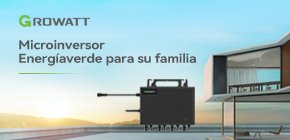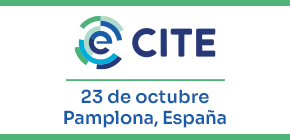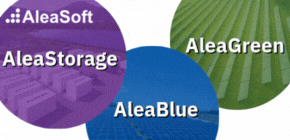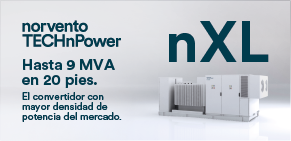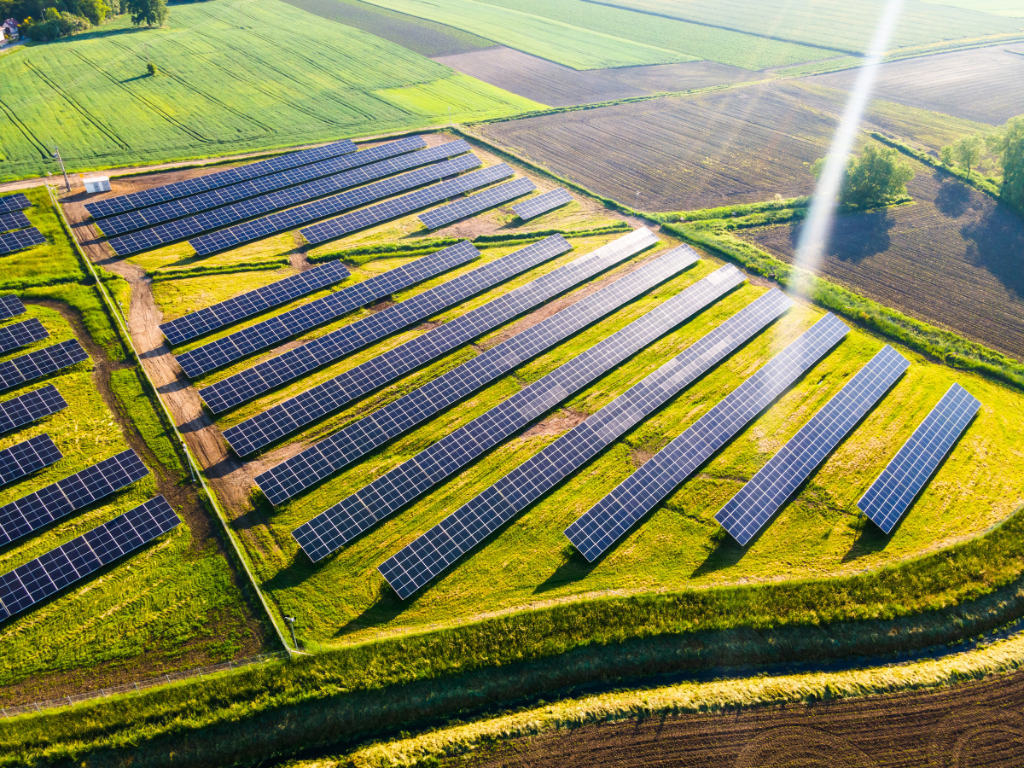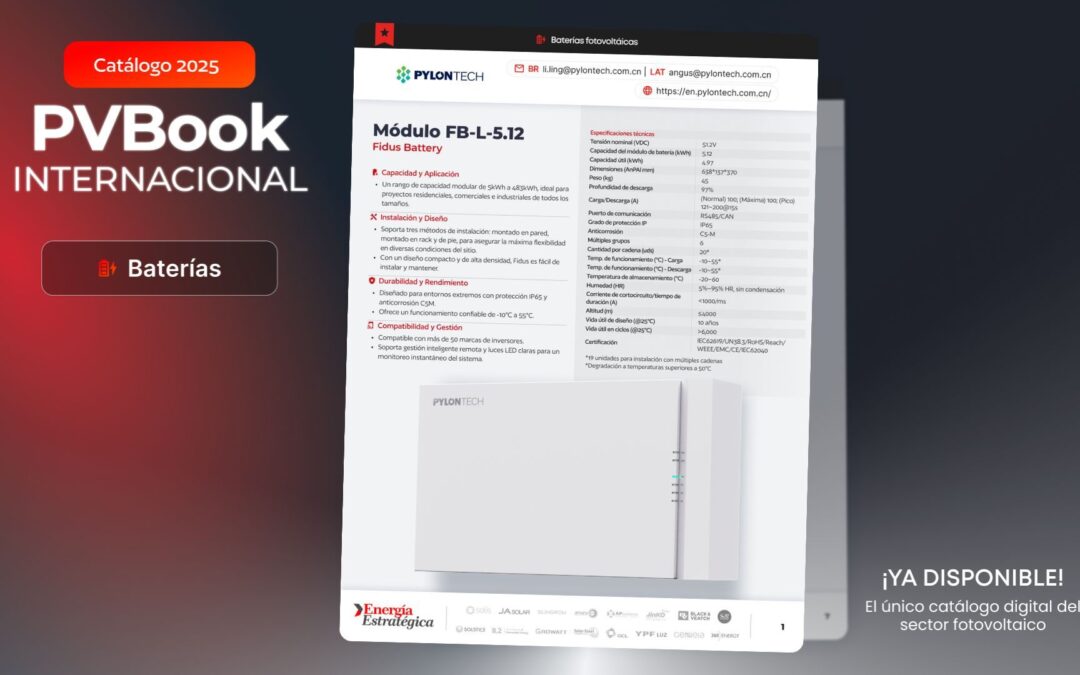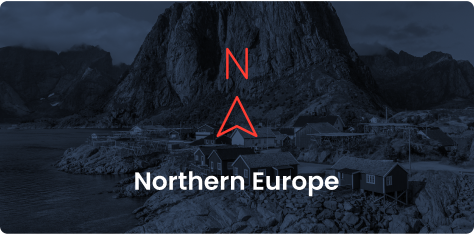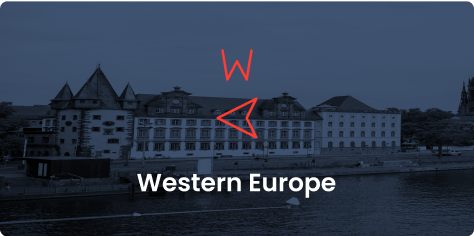The Ministry for Ecological Transition and the Demographic Challenge (MITECO) has allocated €148.5 million from the Recovery, Transformation, and Resilience Plan (PRTR) to a total of 199 projects implementing innovative renewable energy sources such as agrivoltaics, floating photovoltaics, and infrastructure-integrated photovoltaics, all of which incorporate storage. The final resolution of the RENOINN program, which can be consulted here , also includes collective self-consumption initiatives that include vulnerable consumers and renewable heat pump air conditioning.
With a wide distribution throughout Spain, the largest number of projects receiving aid are located in Catalonia (79), the Valencian Community (30), Castile and León (17), and Andalusia (13). In total, the 199 projects selected through competitive bidding will provide 299.6 MW of generation—mostly photovoltaic—and 351.6 MWh of storage capacity.
The Institute for Energy Diversification and Savings (IDAE), an agency affiliated with MITECO, manages the call for grants, which stands out for the innovative nature of the selected projects and the added value of integrating renewable energy into the region and across various productive sectors, while promoting collective self-consumption and the deployment of heat pumps to decarbonize air conditioning.
Coexistence with agriculture
Of the five distinct incentive lines in the RENOINN program, the largest allocation goes to agrivoltaics with storage, with €77.1 million for 62 projects, 19 of them in the Valencian Community and 13 in Catalonia.
It is noteworthy that almost half of the grants under this line have been awarded to projects on farms dedicated to tree crops such as olive groves and fruit trees, among others, where photovoltaic panels rest on structures over four meters high. The remainder is allocated to the other two subprograms: photovoltaics with intercropping and photovoltaics on structures two to four meters high.
The crops involved are of various types: cereals, olives, vines, citrus and fruit trees, aromatic plants, forage crops, horticultural crops, tropical crops (avocado, pitahaya), oyster mushrooms and truffles, herbaceous plants, etc. In all cases, the land use is compatible with the main agricultural activity. According to the terms and conditions , when the applicant for aid and the project promoter are not the farmers themselves, the project must include a signed agreement between both parties.
The vast majority of the selected agrivoltaic initiatives will install sensors to measure meteorological and crop variables. A control plot will also be available to analyze the results and effects of this coexistence. For five years, beneficiaries of these grants must submit an annual report detailing the performance characteristics of the photovoltaic installations and their impact on the farm. This will generate not only electricity, but also real knowledge about the coexistence of both activities based on field data.
Anthropized enviroments
The final call for proposals also includes 11 floating photovoltaic projects with storage, which have been awarded aid totaling 10.1 million euros. Most opt for self-consumption, and the majority are installations in irrigation ponds for agricultural use.
In subprogram 3, dedicated to the integration of renewable energy into infrastructure and anthropized spaces, 27 innovative proposals have been selected, all with built-in storage. They have been awarded €23.4 million in aid and will mobilize a total investment of €55.9 million.
The vast majority (24) are photovoltaic technology, and there are three hydroelectric projects. Wastewater treatment plants (WWTPs), landfills, and service areas for road transport are some of the areas most affected by this type of project. The facilities receiving aid have a capacity of 45.6 MW, and the associated storage capacity is 133.2 MWh.
Vulnerable consumers
Promoting collective self-consumption with storage and the inclusion of vulnerable users is another objective of the RENOINN program, which allocates €18.2 million in subsidies to the 67 highest-rated applications in this specific area. It is estimated that around 4,000 vulnerable consumers could benefit from the various proposed collective self-consumption options.
A high percentage of these initiatives with a social component are sponsored by public entities, such as city councils or provincial councils, and at least twenty by energy communities and similar associative entities.
Within this subprogram, the self-consumption project presented by the city council of a Madrid town stands out for its magnitude. It has received €8.4 million, the largest grant in the call. It will deploy 33.25 MW of power and 17 MWh of storage , with an investment of €26.5 million. It will serve approximately 7,600 users, of which more than a third would be vulnerable, around 2,700. The initiative is part of the overall project to create a sustainable district thermal energy network supported by a photovoltaic plant in the collective self-consumption mode, to provide low-cost, sustainable thermal/electric energy in the municipality.
The latest line of funding from the RENOINN program, dedicated to innovative renewable heat pump installation projects to advance the electrification of thermal processes, allocates €19.6 million to 32 projects. The majority are ambient energy installations (aerothermal/hydrothermal), and seven are geothermal. Among the beneficiaries are a significant number of homeowners’ associations and energy service companies.
All activities subsidized under the RENOINN program must comply with the “do no significant harm” principle, which is linked to the NextGenEU funds channeled through the PRTR.






